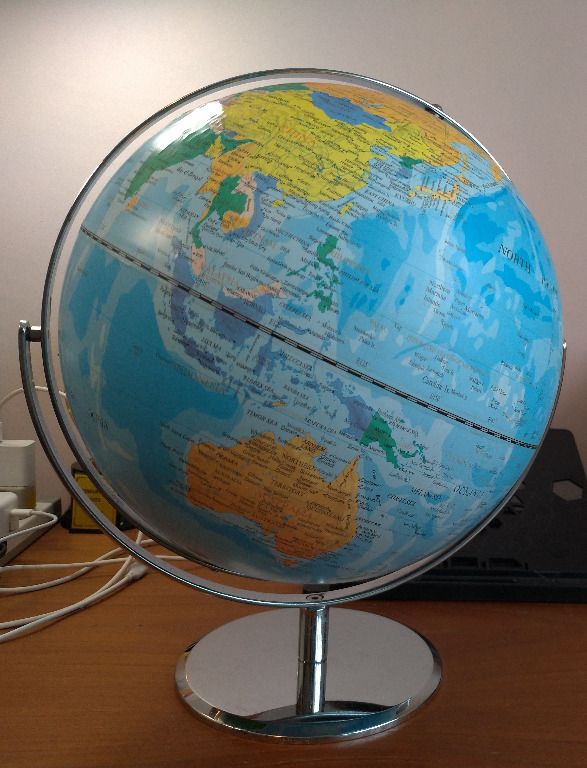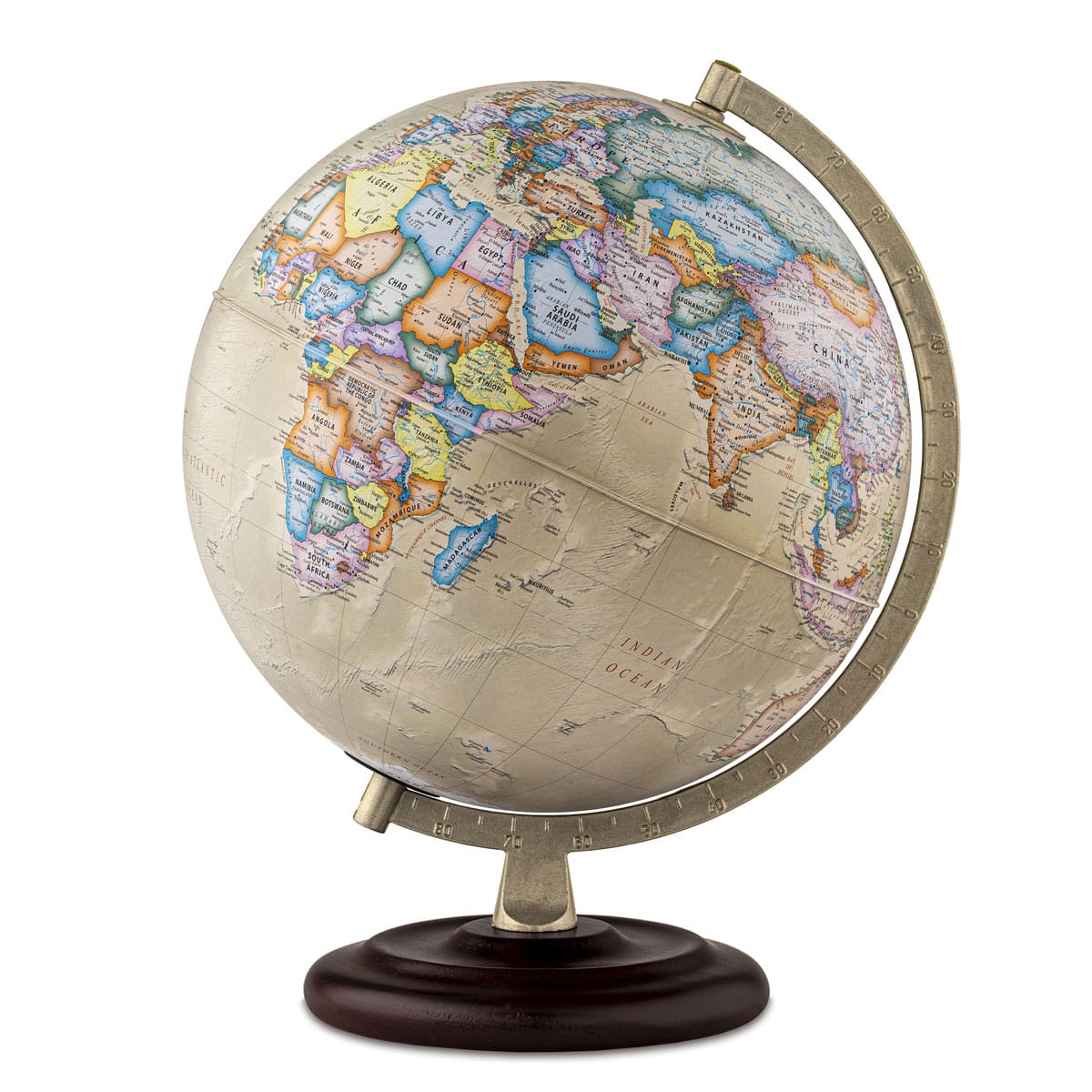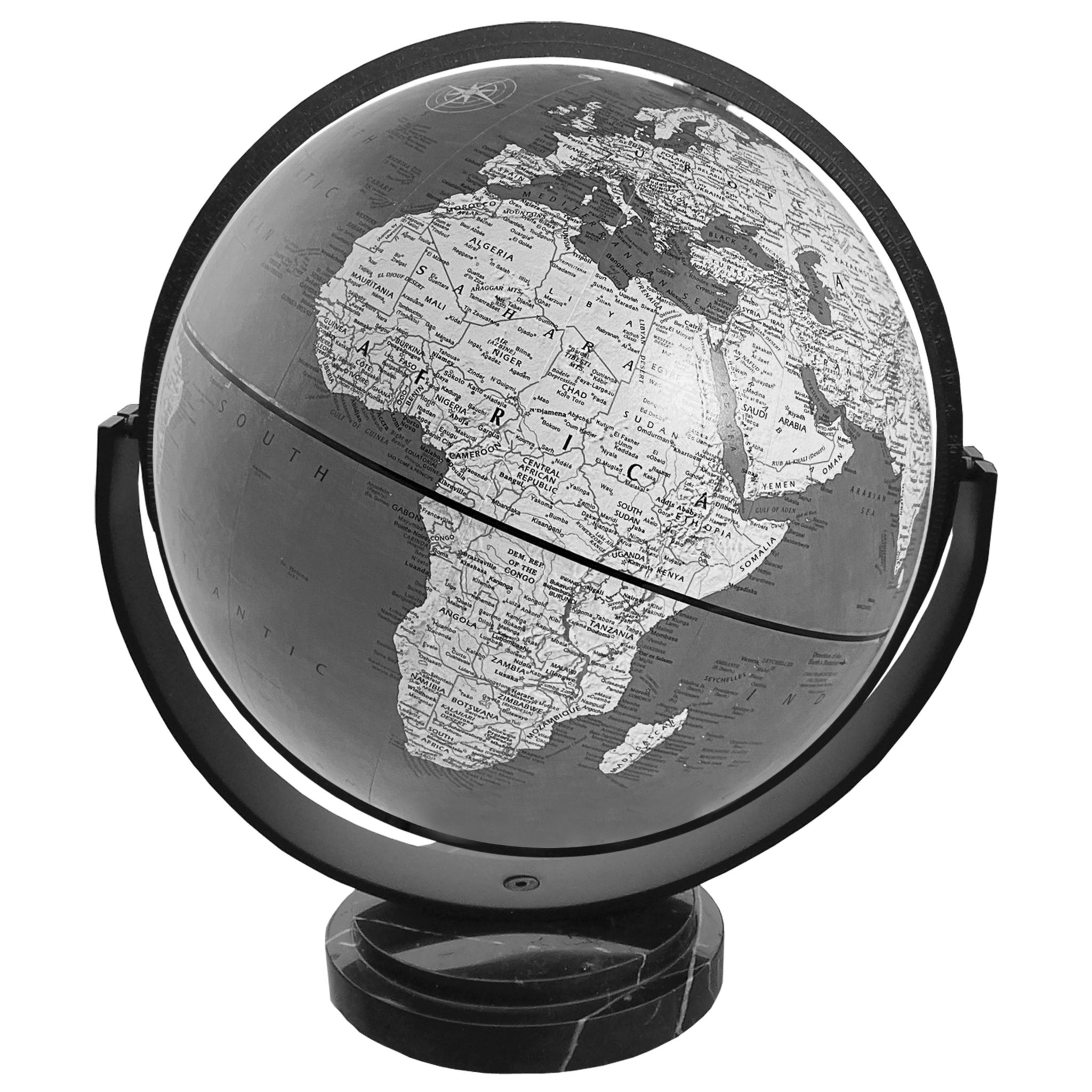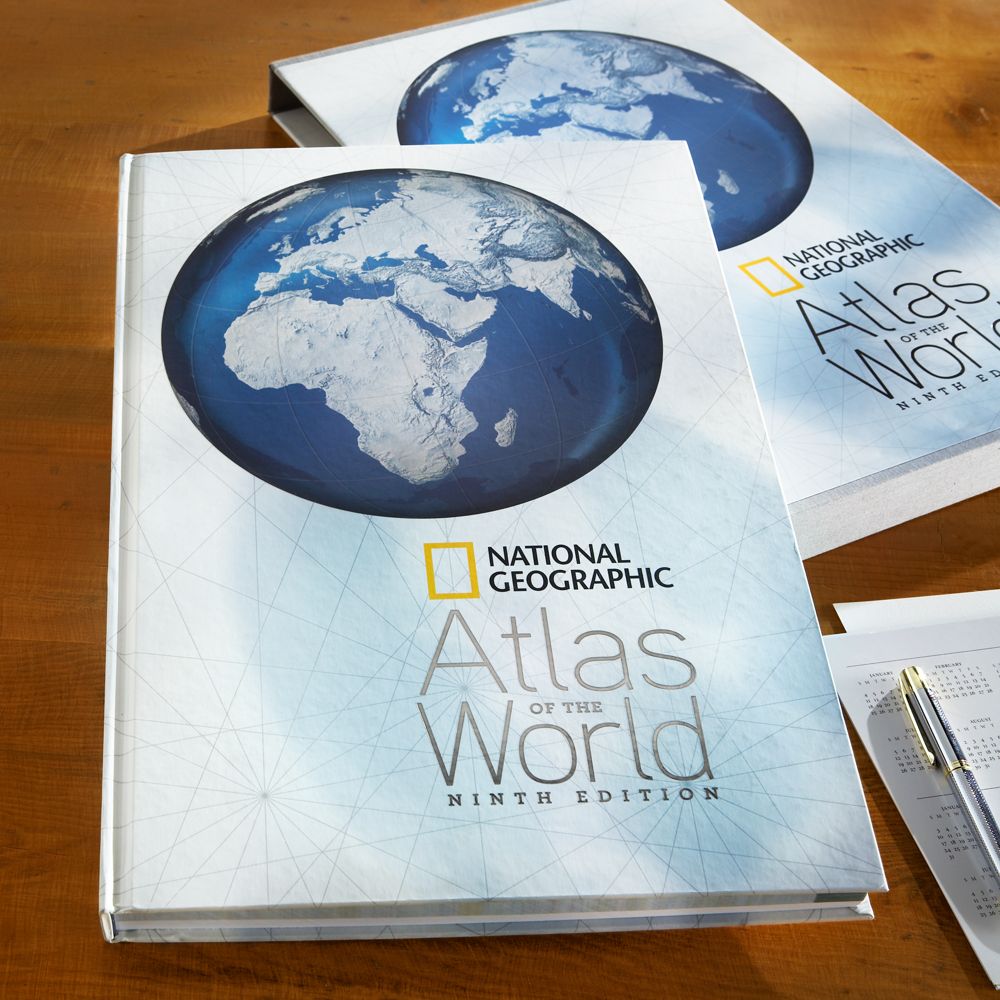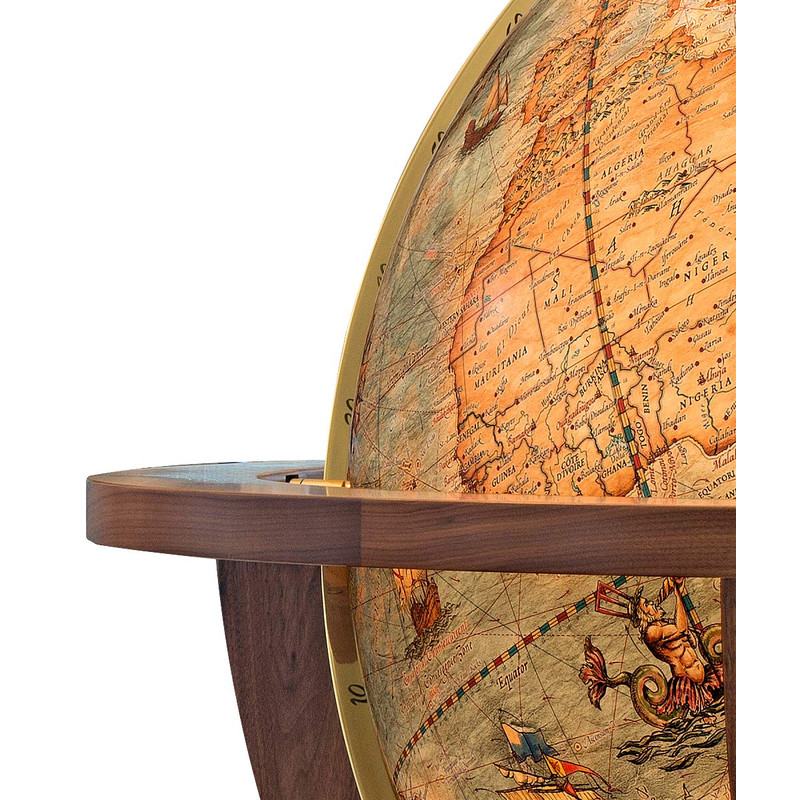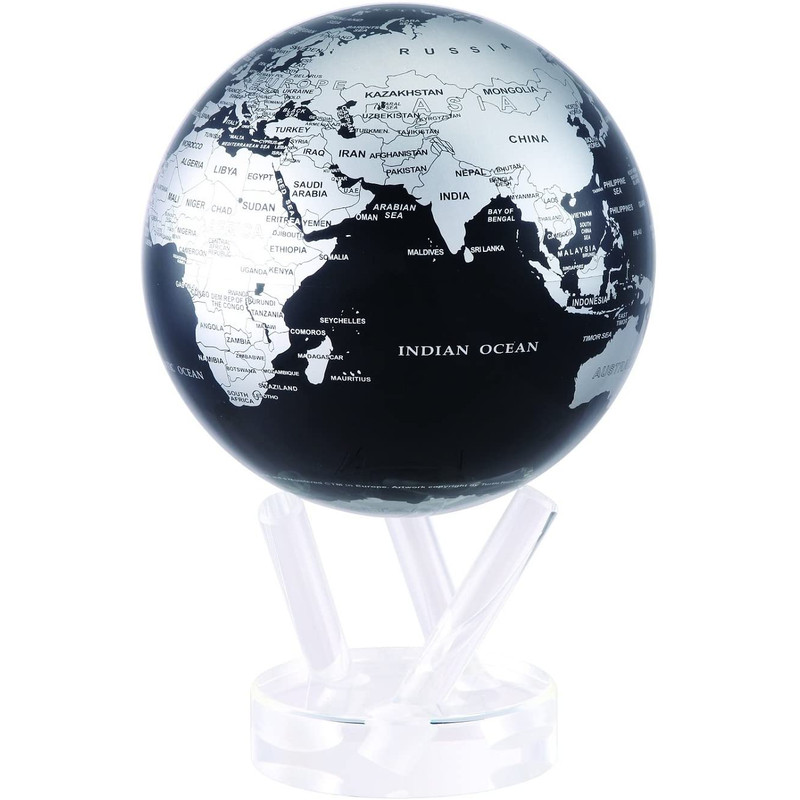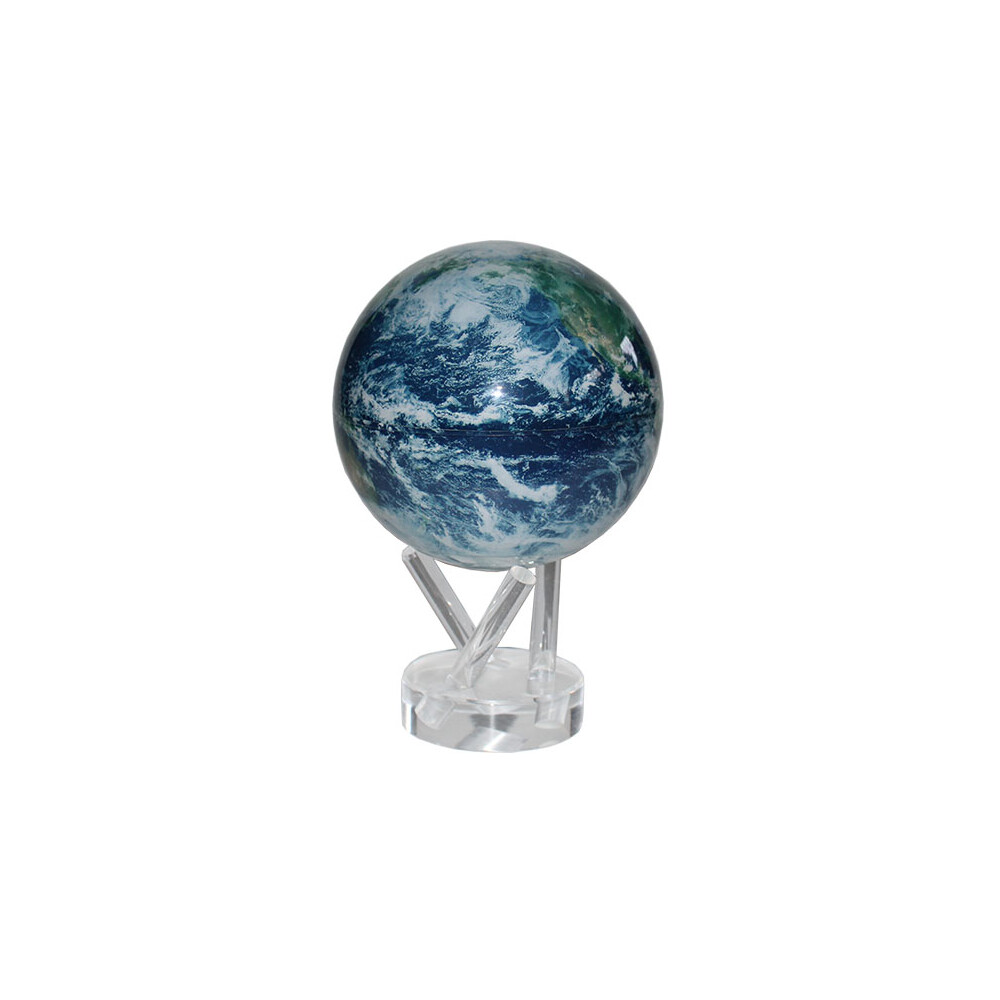Discover Pandipedia
Pandipedia is the world's first encyclopaedia of machine generated content approved by humans. You can contribute by simply searching and clicking/tapping on "Add To Pandipedia" in the answer you like. Learn More
Expand the world's knowledge as you search and help others. Go you!
Early Life and Educational Foundation

Sundar Pichai's story begins in India, where his early exposure to technology and engineering paved the way for his future career. Growing up in a family with an engineering background—his father was an electrical engineer—Pichai was encouraged to learn about technology from an early age. Although the availability of computers was limited, his curiosity led him to refine his knowledge through extensive reading and formal education. He earned his B.Tech degree from the Indian Institute of Technology, which laid the technical foundation that would support his later achievements[1][3]. His move to the United States marked a significant turn in his academic journey, obtaining an M.S. in Material Sciences from Stanford University followed by an MBA from the Wharton School of the University of Pennsylvania. These advanced studies not only broadened his technical expertise but also provided essential business insights that would later define his managerial style[1][3].
Early Professional Experiences and Transition
Before joining Google, Pichai had a solid start to his professional career. He worked at Applied Materials, where he focused on semiconductor design and contributed to projects such as developing 1 gigabyte DRAM systems. This period allowed him to combine technical research with real-world applications, a blend that later became a hallmark of his approach at Google[1]. Additionally, his short tenure at McKinsey provided him with insights into broader business functions and industry dynamics. This phase of his career was crucial in building a balance between deep technical knowledge and strategic business thinking, preparing him for the multifaceted challenges of leading a technology giant.
Pivotal Role at Google and Product Innovations

Pichai joined Google in 2004 as a product manager, initially contributing to the Google Toolbar project. His role quickly evolved, and he was instrumental in the development of Google Chrome—a browser that would later become one of the most popular tools for accessing the internet. By focusing on user experience, Pichai and his team were able to significantly improve the speed and security of applications, positioning Chrome as an innovative product that catered to a rapidly growing global audience[1][2]. His work at Google not only demonstrated his ability to lead product development but also emphasized the importance of user-centric design and the need to continuously improve in response to market demands.
Strategic Leadership and Vision as CEO
In 2015, Pichai's impressive track record at Google culminated in his appointment as CEO. Taking the helm at a time when the internet was rapidly expanding, he embraced a vision focused on organizing the world’s information and making it universally accessible and useful. His leadership is characterized by a commitment to innovation while maintaining an unwavering focus on satisfying user needs. Under his guidance, Google has expanded its portfolio to include products such as Gmail, Google Maps, and the Android operating system. This transition not only reflected the success of his earlier projects like Chrome but also underscored his strategic intent to keep Google at the forefront of technological innovation[1][2][3].
Balancing Innovation with Expanding User Needs
One of the core challenges that Pichai faces as CEO is balancing rapid technological innovation with the ever-increasing demands of users. With the explosion of digital content and a diverse global audience, the scale and complexity of organizing information have grown significantly. Pichai has stated that search technology is 'less than 1 percent done,' indicating that there remains a vast frontier of innovation, particularly with advancements in artificial intelligence and machine learning. By integrating these advanced technologies, Google aims to improve search accuracy and deliver results that cater to varied formats such as text, images, and videos, all while addressing the challenge of multiple languages and local content requirements[1][2][3].
User-Centric Innovations and Responsiveness to Market Dynamics
Pichai's leadership is also marked by a staunch commitment to user-centric innovation. He has overseen the development of several features designed to enhance usability, such as improved voice recognition technologies, autocomplete functionalities, and localized search results that cater to specific geographic regions. These efforts are intended to ensure that the products remain relevant in the face of changing user expectations, especially as mobile usage continues to dominate. In parallel, his strategy involves fostering a culture of collaboration within Google, encouraging teams to take on ambitious projects while carefully considering issues of user safety and privacy[2][3]. This approach has allowed Google not only to upgrade its core offerings but also to maintain a competitive edge despite challenges from rival companies.
Navigating Competitive and Global Challenges
In addition to internal challenges, Pichai faces a highly competitive environment where external pressures test Google's strategic resilience. The company must continuously adapt to challenges posed by competitors in various domains, including mobile search and digital advertising. While detailed discussions of competitive dynamics are found in other industry reports, Pichai’s leadership consistently emphasizes the need for innovation that aligns with user satisfaction rather than a focus on short-term gains. His emphasis on improving user experience as a pathway to sustainable growth reflects a balanced approach where revenue considerations and user needs go hand in hand[1][2][4]. The ability to anticipate market trends, respond to technological changes, and address privacy concerns has been pivotal in maintaining Google’s leadership in the highly dynamic tech sector.
Conclusion: A Legacy of Balanced Innovation

Sundar Pichai’s journey to becoming the CEO of Google is a story of continual learning, technical excellence, and strategic foresight. From his early days in India, where a passion for technology was first ignited, through rigorous academic and early professional experiences, Pichai has evolved into a leader capable of steering one of the world’s largest tech companies. His career at Google is defined by groundbreaking innovations—ranging from the development of key products like Google Toolbar and Chrome to the comprehensive rethinking of online search and information organization. By maintaining a strong focus on user needs while also encouraging innovation, Pichai has ensured that Google remains at the forefront of the technology landscape. His balanced approach to meeting the demands of a rapidly growing internet and an increasingly diverse global audience forms an integral part of his lasting legacy as a leader[1][2][3].
Let's look at alternatives:
- Modify the query.
- Start a new thread.
- Remove sources (if manually added).
- Request a manual search from our human research team.

Composting is the process of recycling organic materials, such as food scraps and yard waste, into nutrient-rich soil. You can effectively compost by maintaining a balance of 'green' materials (rich in nitrogen, like kitchen scraps) and 'brown' materials (rich in carbon, such as dried leaves) at a ratio of about one part green to three parts brown[3][5].
To start, choose a suitable location for your compost bin, ideally in a shaded area with good drainage. Layer your compost materials, turn them regularly to aerate the pile, and keep it moist yet not soggy[2][4][5]. This process helps reduce waste and enhances soil quality[1][6].
Let's look at alternatives:
- Modify the query.
- Start a new thread.
- Remove sources (if manually added).
- Request a manual search from our human research team.
Get more accurate answers with Super Search, upload files, personalised discovery feed, save searches and contribute to the PandiPedia.
Let's look at alternatives:
- Modify the query.
- Start a new thread.
- Remove sources (if manually added).
- Request a manual search from our human research team.
Let's look at alternatives:
- Modify the query.
- Start a new thread.
- Remove sources (if manually added).
- Request a manual search from our human research team.

Nutrition plays a critical role in athletic performance by providing the necessary fuel and nutrients to support energy levels, recovery, and overall health. Athletes require specific macronutrient intake—carbohydrates for energy, protein for muscle repair, and fats for sustained energy. Proper nutrition can enhance endurance, reduce fatigue, and promote faster recovery after strenuous workouts[1][2][3].
Meal timing and hydration are equally important; consuming carbohydrates before and after exercise helps replenish energy stores and enhances muscle recovery[3][4]. A well-balanced diet that includes vitamins and minerals also supports immune function and overall well-being[2][6]. By tailoring their nutrition to their specific training needs, athletes can significantly improve their performance outcomes[5].
Let's look at alternatives:
- Modify the query.
- Start a new thread.
- Remove sources (if manually added).
- Request a manual search from our human research team.
Google's pricing focus is multifaceted, with an emphasis on adjusting prices while considering quality and value. In 2018, internal documents indicated that Google was looking for intentional ways to increase pricing, in addition to instances where quality improvements incidentally affected prices[1]. This reflects a strategy to optimize auction settings without simply raising prices arbitrarily, as they aim to align price adjustments with value derived from quality changes[2].
Moreover, Google's pricing strategy is categorized into three levels—high, medium, and low—based on legal considerations, particularly concerning financial information related to search revenues[5]. This interaction between pricing practices and legal frameworks underscores the complexities within Google's competitive strategy[3][4].
Let's look at alternatives:
- Modify the query.
- Start a new thread.
- Remove sources (if manually added).
- Request a manual search from our human research team.
Get more accurate answers with Super Search, upload files, personalised discovery feed, save searches and contribute to the PandiPedia.
Let's look at alternatives:
- Modify the query.
- Start a new thread.
- Remove sources (if manually added).
- Request a manual search from our human research team.

You can creatively repurpose old furniture by transforming it into functional and stylish pieces. For instance, an old dresser can become a storage-friendly bench or even a home bar, bringing new life and utility to its design[5][6]. Similarly, vintage chairs can be turned into unique plant stands, enhancing your outdoor decor[4][6].
Additionally, consider DIY projects such as converting an old door into a chic bench or using a wooden ladder as a decorative towel rack[5][6]. These upcycling ideas not only beautify your space but also help you save money while being environmentally friendly[4][6].
Let's look at alternatives:
- Modify the query.
- Start a new thread.
- Remove sources (if manually added).
- Request a manual search from our human research team.
12-inch political world globe with stand
Features vibrant colors and thousands of places, mounted on a silver full-meridian, perfect for educational purposes in homes, offices, or classrooms[1].
Replogle Aragon Globe
Boasts an Intelli-enabled map and can be paired with the Intelliglobe pen/book kit providing access to 30,000 facts about the world[1].
Advantus Desktop World Globe
A visually attractive globe with bright contrasting colors, featuring thousands of locations and geographical features[4].
Waypoint Geographic Scout Illuminated Globe
Interactive globe that helps children learn about countries, continents, oceans, and cities[1].
Waypoint Geographic Ambassador Globe
A sophisticated globe with up-to-date political boundaries, crafted with premium materials[1].
Replogle Explorer Raised Relief Globe
Highlights topographical features with raised relief to depict mountains and valleys, suitable for educational and decorative use[4].
Illuminated World Globe
Features LED lights for nighttime exploration, showcasing geography both illuminated and unlit[1].
Gyro-matic Meridian Globe
Offers a full rotation feature for seamless observation of the Southern Hemisphere, ensuring accurate and reliable geographical information[1].

TCP Global Blue Ocean Desktop Globe
A simple yet informative globe arranged in a spectrum of vivid colors which is perfect for home, school, or office[4].
Earthball Inflatable Globe
An interactive inflatable globe that doubles as a beach ball, featuring thousands of NASA satellite photos for educational use[4].
Little Experimenter Illuminated World Globe
Small globe with a sturdy stand that also serves as a nightlight, illuminating the constellations[4].
Oregon Scientific Smart Globe Discovery
An engaging globe that interacts through a talking smart pen, featuring multiple games and educational activities[4].
Kidzlane 2-in-1 Interactive Globe
Displays the world by day and constellations by night, a sensor-activated globe designed for playful learning[4].

Jeteven Magnetic Rotating Globe
A special globe that levitates and rotates using magnetism, showcasing the Earth with a stylish design[6].
Waypoint Geographic Ambassador Globe
A finely crafted globe that is educational and decorative, featuring detailed maps and a sturdy stand[1].
National Geographic Atlas of the World
Comprehensive reference atlas with thematic maps covering cultural, political, and historical insights[9].
Columbus Imperial Illuminated Floor Globe
Handcrafted with elegance, this stunning floor globe features illuminated maps and intricate detailing[7].
Bellerby & Co. Churchill Globe
A historically significant large globe modeled after a WWII-era globe, combining classic craftsmanship with modern durability[7].
Replogle Globe whiskey cabinet
A functional globe that doubles as a drinks cabinet, merging decorative art with practical use for entertaining[7].
MOVA Globe
Powered by solar technology, this globe rotates silently in ambient light showcasing stunning visuals of Earth[7].
American educational inflatable globe by Learning Resources
A practical and fun inflatable globe used for learning geography in an engaging way, complete with an activity guide[4].
Gyro-Matic Meridion Globe
Offers ease of rotation, allowing users to explore the globe with functionality that enhances learning[1].
Educational Insights Talking Globe
A child-friendly globe that provides engaging facts about countries, animals, and nature through a touch pen[4].
Advantus Globes 3D Puzzle
Engaging educational tool and puzzle combined, teaching geography through hands-on interaction[4].
Globe with star constellations
Illuminates with a special night feature revealing the night sky, perfect for both educational and visual use[1].
Scratch-off travel globe
Allows users to scratch off countries they’ve visited, combining travel inspiration with a fun activity for globetrotters[1].
Vintage-style political globe
An antique-looking globe ideal for adults looking for a decorative yet functional piece[10].
Dynamic Earth Topographic Globe
A detailed globe that highlights physical features like mountains and rivers for an immersive learning experience[10].
Antique-style world globe with stand
A unique decorative piece combining historical charm with educational functionality[10].
Let's look at alternatives:
- Modify the query.
- Start a new thread.
- Remove sources (if manually added).
- Request a manual search from our human research team.
Let's look at alternatives:
- Modify the query.
- Start a new thread.
- Remove sources (if manually added).
- Request a manual search from our human research team.





